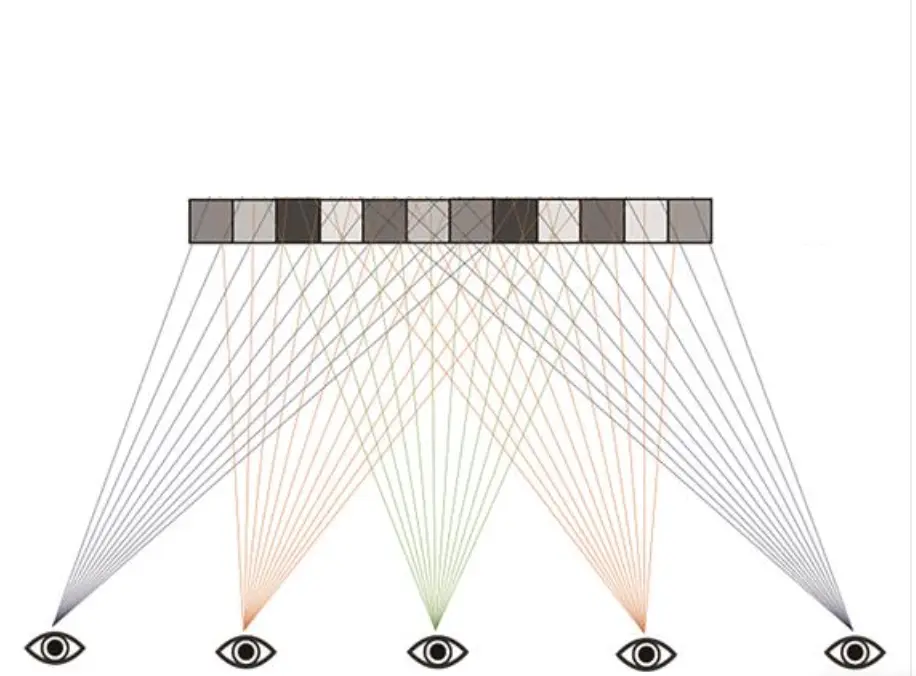Viewing direction refers to the angle from which a display screen can be viewed while still maintaining acceptable visual performance, such as brightness, contrast, and accurate colors. This concept was especially important for early TN (Twisted Nematic) LCD displays, which suffered from narrow viewing angles.
In TN panels, the image quality quickly degrades when viewed from off-center angles — especially from below — often resulting in inverted colors or darkened screens. To compensate for this, TN displays were often optimized for a specific preferred viewing direction, such as 6 o’clock (viewed from below) or 12 o’clock (viewed from above), depending on the mounting orientation.
However, with the rise of IPS (In-Plane Switching) technology, viewing direction has become less critical. IPS panels offer wide viewing angles up to 178°, delivering consistent image quality from virtually any direction. This makes IPS the preferred choice for modern applications that require full viewing angles, such as industrial displays, medical monitors, and smart home interfaces.
In short, while “viewing direction” was once a key specification for TN displays, today’s IPS screens offer all-angle visibility, eliminating the need to worry about viewing limitations.



